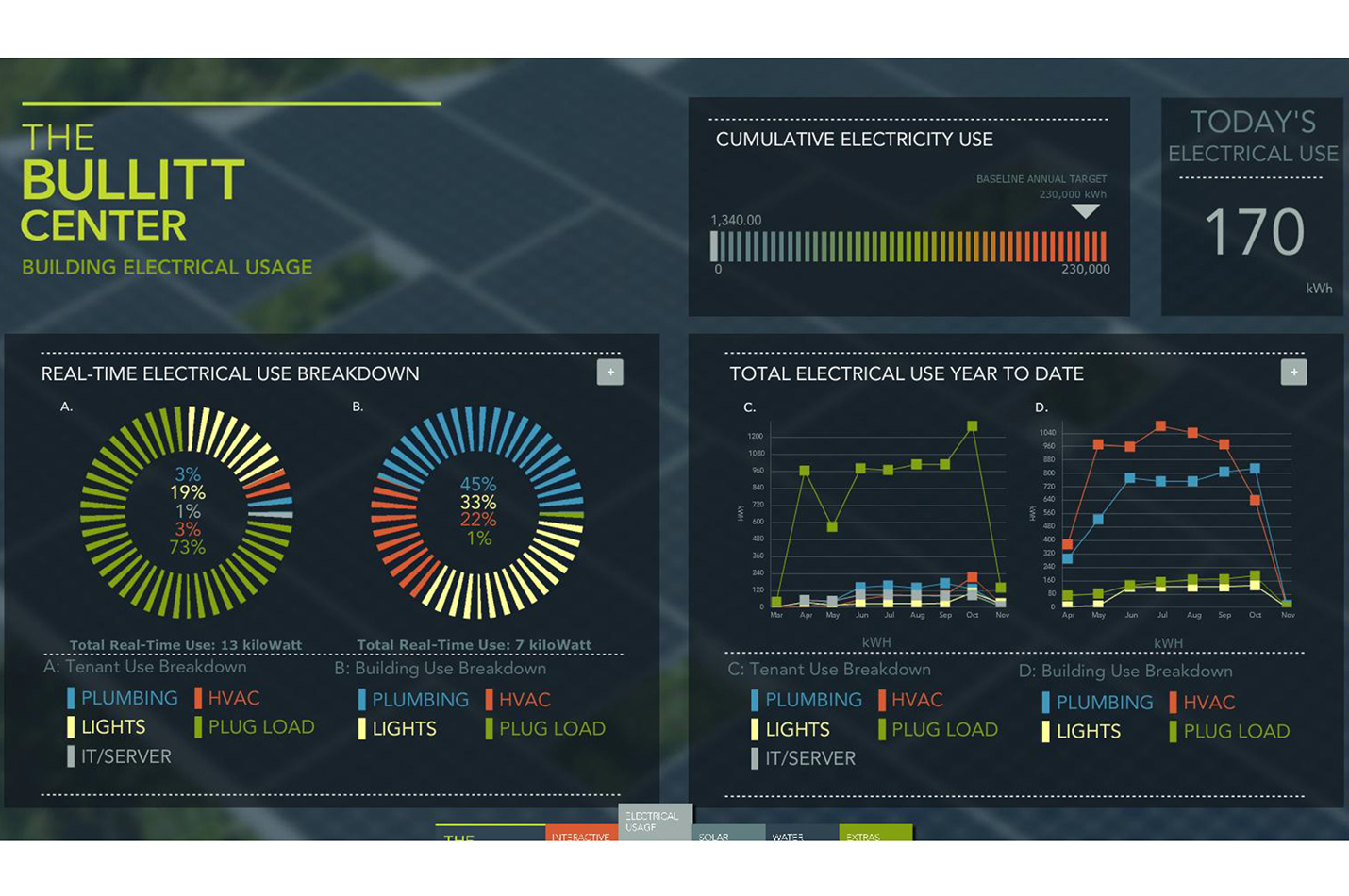“Doveryai no proveryai” (Trust, but verify)
This Russian proverb was used several times by President Ronald Reagan during discussions leading up to the INF Treaty signed in 1987. While confirming the US and USSR were both meeting their treaty obligations through verification was very important, so too is our obligation to verify a building’s high performance goals.
Why? Because of the impact buildings have on carbon emissions and global warming due to their energy consumption. Buildings in the US consume 47.6% of all energy produced compared with 24.4% and 28.1% allocated to Industry and Transportation respectively.
It is startling to see how many projects with good intentions to meet low Energy Use Intensity (EUI) targets do not actually achieve their goals and in some cases use more energy than would be considered a baseline.
Who or what is the culprit?
Like most complex issues there is no single clear answer. In 2011 the New Buildings Institute (NBI) issued a white paper looking at the impact of Design, Operations and Tenant Behavior on Building Energy Performance. As you would expect, the architectural, mechanical system and lighting design elements have a significant impact on performance. However, the study also concluded “This analysis shows that long-term, significant reductions in building energy use will require significant attention to post-construction building characteristics and operation that are currently outside the scope of energy codes, policy initiatives, and general perceptions in the building industry.” Simple things like adjusting thermostat set-points and extending operating schedules have a dramatic impact on a building’s energy consumption.
What is the solution?
Doveryai no Proveryai! Like the US and USSR, the building industry needs to follow through on verifying a building’s performance for at least one year post occupancy. Fortunately awareness of this critical issue has been increasing over the last few years with the advent of LEED and the Measurement & Verification (M&V) credit plus the Living Building Challenge’s verified 12 month net zero energy requirement, but we have a long way to go. Some institutional clients like the General Services Administration (GSA) are starting to see the value of M&V and have been including energy performance guarantees tied to financial rewards in their contracts. While there is a cost premium for the architects, engineers and contractors to execute an effective M&V plan, we have seen on almost every occasion paybacks on the M&V investment of less than 3 to 5 years due to the correction of design, operational or tenant use issues in that first year. Interestingly, a building owner will never know what they could have saved year after year had they not implemented an M&V plan.
This is the future of the industry and PAE strongly encourages all clients to include Measurement & Verification and building energy performance as part of the contracts for their design and construction teams.
*Credit: Allan Montpellier, PE, LEED AP
Allan is a mechanical engineer with more than 20 years of experience focused on sustainable buildings. He is a principal in PAE's Seattle office. *



